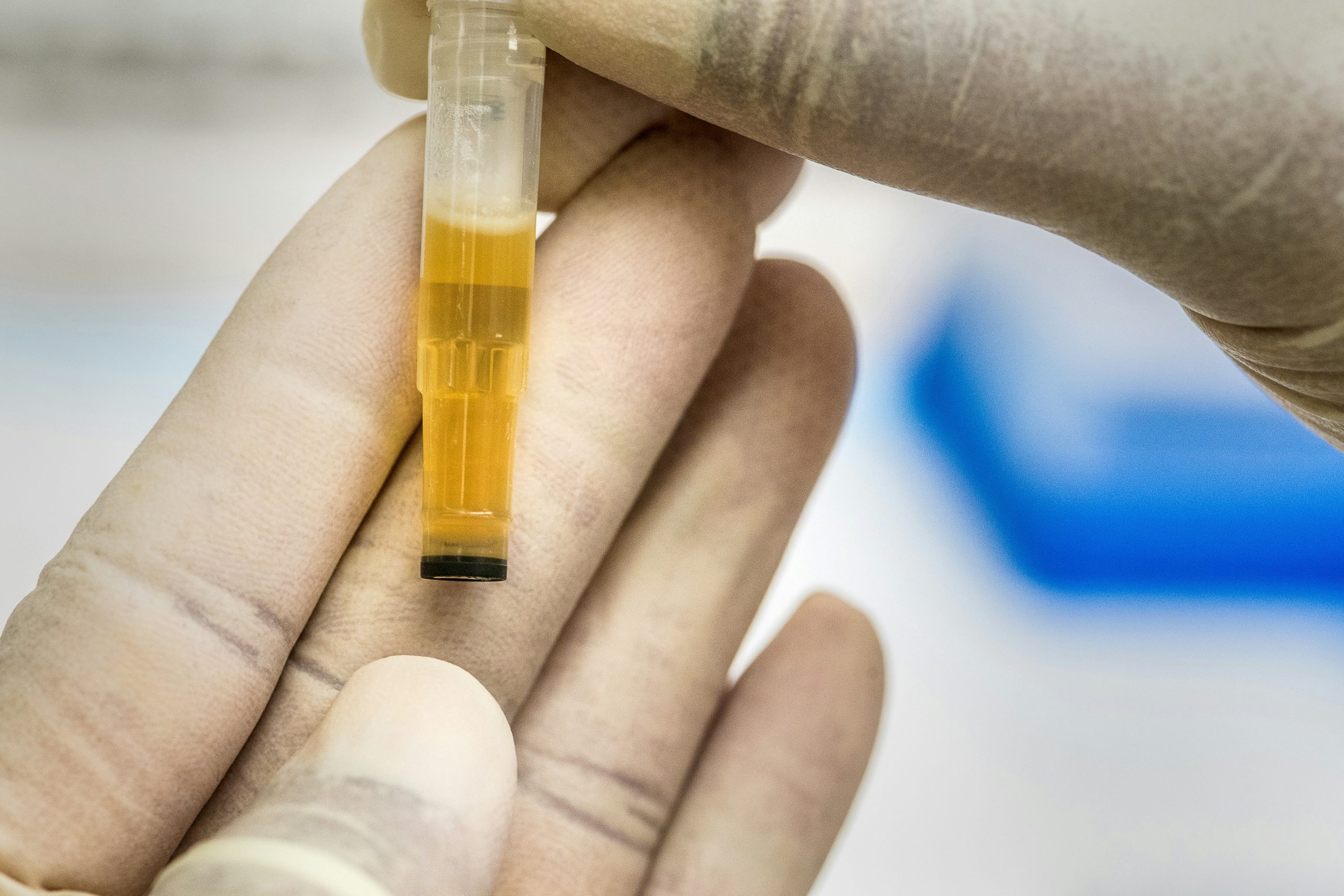1. Current Australian drug-driving legislation
Due to the severity of drug driving, many legal and enforcement changes have been made internationally, with Australia being at the forefront through the enactment of roadside drug testing (RDT) laws. These laws were first introduced in Victoria in 2004 and, most recently, in the Northern Territory in 2016.
Roadside drug testing (RDT) laws demonstrate a zero-tolerance approach towards drug driving. They prohibit the presence, to any degree, of certain drugs (other than alcohol) in a driver’s body, whether it be in oral fluid (OF), blood, or urine. The term for this type of offence is “presence offence”, with a complete description provided in each jurisdiction’s legal act (see table below). In other words, Australia has introduced additional types of drug driving offences alongside the existing impairment (DUI/DWI) offences, which test for a driver’s physical/ cognitive ability to drive.[i],[ii]
2. Enforcement of RDT laws: A case study on Victoria
Generally speaking, RDT laws are enforced by Australian police officers using OF fluid testing technology to detect the presence of the three most commonly used illicit drugs – THC, MDMA, and methamphetamine. It is noteworthy that in NSW (2018)[iii] and Qld (2023),[iv] they also test for cocaine. If drivers test positive on the road, they will be temporarily forbidden to drive or/and fined. If charged with a “presence offence”, they may face stricter punishment, ranging from license suspension to 3-6 months imprisonment in some jurisdictions (see table below).
Specifically in Victoria, the first in the world to start with a 12-month trial of RDT program in 2004, RDT involves a two-step process. First, a trained police officer conducts a preliminary oral fluid test (POFT) that checks for the presence of THC, MDMA and methamphetamine. If the screen is positive, the police officer then continues with an oral fluid test (OFT) to confirm the preliminary result. Following a positive OFT, an OF sample is then sent to the Victorian Institute of Forensic Medicine (VIFM), a government laboratory, for confirmation. Based on this confirmation, a decision is made to charge (positive presence result) or discontinue action (negative presence result). Importantly, Victoria police officers now have the authority to issue a banning notice on the spot, preventing alleged offenders from driving for 12 or 24 hours.[v]
3. Deterrence from drug-impaired driving
The notion of deterrence underlines many roadside safety interventions and countermeasures. Initially rooted in criminal justice policy, the deterrence model suggests, in its simplest form, that drivers are less likely to engage in unlawful driving behaviour if they fear the consequences of the act. Moreover, their offending behaviour diminishes if the certainty, severity, and swiftness of punishment increases.
RDT laws represent a valuable addition to impairment-based laws precisely because they are based on the deterrence concept. On the one hand, Australian drivers, fearing swift and severe sanctions (if detected with the presence of a drug or when refusing to be tested on the roads), are more likely to adhere to road safety rules. On the other hand, Australian police have an additional toll to exhort coercive power, enabling them to monitor drivers on the roads and deter them from future offences.
A key factor contributing to the success of RDT laws and their deterrence effect is the police’s ability to stop a driver anywhere or anytime for random drug testing without the need to observe signs of impairment or inappropriate driving behaviour. This type of “random stopping legislation” is specific to Australia. Although it has substantially contributed to road safety in the country, translating the testing practice to other countries proves challenging due to differences in legal policy.
Table: Presence Offences in Australia (oral fluid, blood or urine)
| JURISDICTION | LEGAL ACTS | PRESENCE OFFENCES | BESIDES THC, METHAMPHETAMINE & MDMA | PENALTIES |
|---|---|---|---|---|
| VICTORIA (Vic) | Road Safety Act 1986 Driving with prescribed illicit drug in blood or oral fluid (Sec 49(1)) | 2004 | none | F, LS, BCP |
| NEW SOUTH WALES (NSW) | Road Transport Act 2013 Presence of certain drugs (other than alcohol) in oral fluid, blood or urine (Sec 111) | 2007 | cocaine and morphine (2018) | F, LS |
| QUEENSLAND (Qld) | Transport Operations Act 1995 Offence of Driving etc. while relevant drug is present in blood or saliva (Sec 79 (2AA)) | 2007 | cocaine (2023) | F, LS, IM (3-9months) |
| SOUTH AUSTRALIA (SA) | Road Traffic Act 1961 Driving with prescribed drug in oral fluid or blood (Sec 47BA) | 2006 | none | F, LS, DP |
| WESTERN AUSTRALIA (WA) | Road Traffic Act 1974 Driving with prescribed illicit drug in oral fluid or blood (Sec 64AC) | 2007 | none | F, LS, DP |
| TASMANIA (Tas) | Road Safety Act 1970 Driving with prescribed illicit drug in blood (Sec 6A) | 2005 (blood) 2018 (OF)i | MDA, MDEA, amphetamine, cocaine, heroin, GBH, ketamine, LSD, Quaalude, morphine, DET, DMT, PMA, PCP, psilocybin | F, LS, IM (3-6months) |
| NORTHERN TERRITORY (NT) | Traffic Act 1987 Driving with certain drugs in body (Sec 28) | 2016 | MDA, heroin, cocaine, morphine, methadone, Amphetamine | F, LS, IM (3-6months) |
| AUSTRALIAN CAPITAL TERRITORY (ACT) | Road Transport Act 1977 Prescribed drug in oral fluid or blood – driver or driver trainer (Sec 20) | 2011 | none | F, LS, IM (3months) |
F= Fines, LS= License Suspension (Cancellation), BCP= Behavior Change Program, IM= Imprisonment, DP= Demerit Point
i: https://www.police.tas.gov.au/news-events/media-releases/roads-to-be-safer-under-new-changes-to-roadside-drug-testing/
Road Safety Legal Acts in Australia
NSW Road Transport Act (2013): https://legislation.nsw.gov.au/view/html/inforce/current/act-2013-018
Qld Transport Operations Road Use Management Act (1995): https://www.legislation.qld.gov.au/view/html/inforce/current/act-1995-009
Victoria The Road Safety Act (1986): https://www.legislation.vic.gov.au/in-force/acts/road-safety-act-1986/213
SA Road Traffic Act (1961): https://www.legislation.sa.gov.au/lz?path=%2Fc%2Fa%2Froad%20traffic%20act%201961
WA Road Traffic Act (1974): https://www.legislation.wa.gov.au/legislation/statutes.nsf/main_mrtitle_848_homepage.html
Tas The Road Safety (Alcohol and Drugs) Act 1970: https://www.legislation.tas.gov.au/view/html/inforce/current/act-1970-077
NT Traffic Act (1978): https://legislation.nt.gov.au/en/Legislation/TRAFFIC-ACT-1987
ACT Road Transport (Alcohol and Drugs) ACT 1977: https://www.legislation.act.gov.au/a/1977-17
[i] Quilter, Julia, and Luke McNamara. 2017. “Zero Tolerance Drug Driving Laws in Australia: A Gap between Rationale and Form?” International Journal for Crime, Justice and Social Democracy 6 (3): 47–71. https://doi.org/10.5204/ijcjsd.v6i3.416.
[ii] Moxham-Hall, Vivienne, and Caitlin Hughes. 2020. “Drug Driving Laws in Australia: What Are They and Why Do They Matter?” Drug Policy Modelling Program, UNSW Social Policy Research Centre 29: 1–16. https://ndarc.med.unsw.edu.au/resource/drug-driving-laws-australia-what-are-they-and-why-do-they-matter.
[iii] https://www.timebase.com.au/news/2018/AT04682-article.html
[iv] https://www.qld.gov.au/transport/news/features/cocaine-roadside-testing
[v] Victorian Auditor-General’s Report (VAGO). 2023. Reducing the Harm Caused by Drugs on Victorian Roads Independent assurance report to Parliament 2023–24: 11:1 43.
https://www.audit.vic.gov.au/report/reducing-harm-caused-drugs-victorian-roads?section=.


